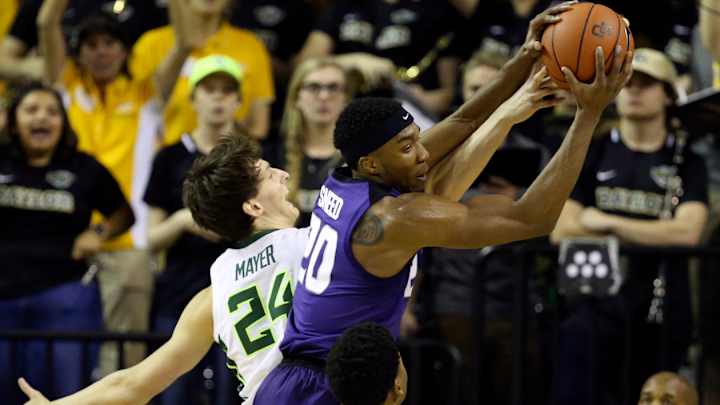What is the 'Hook and Hold' Rule? NCAA's New Rebounding Rule Explained

Never worry about busted brackets again! Sign up to play SI’s Realtime Bracket game. If your original pick is losing, you can switch it during live tournament games. Game leaderboards track original AND realtime picks.
The "hook and hold" rule is a new rule change instituted by the NCAA that bans players from clamping an arm onto another player's arm and restricting freedom of movement during a rebound.
The rule change was enacted to increase player safety, but has already been the subject of controversy this season. The most notable incident that led to this change happened during the 2018 NCAA Tournament, when Purdue's Isaac Haas fractured his elbow while going for a rebound against Cal State Fullerton. The foul is now reviewable and a Flagrant 1 (two foul shots and the ball) or Flagrant 2 (offending player is also ejected) can be assessed depending on the severity of the play. The differences between a legal rebound and a "hook and hold" may seem minute to most viewers, but don't be surprised if officials call the foul during the 2019 NCAA Tournament.
The rule has drawn nationwide complaints from college basketball coaches and players.
Michigan head coach John Belein called the rule "absurd" and said "I think we've got to continue to look at this and find out if it's really worth it."
The hook and hold is a common tactic in the NBA, but college basketball officials have called it "deceitful". Because the play is reviewable, it also sometimes causes a long stoppage in play for television audiences.
Here is a video of the hook and hold being called in a game earlier this season between Stanford and UCLA.
Here is a video from the NCAA explaining what officials look for on a "hook and hold" foul.
